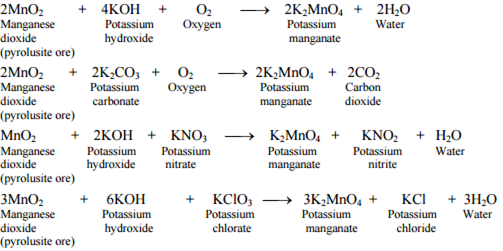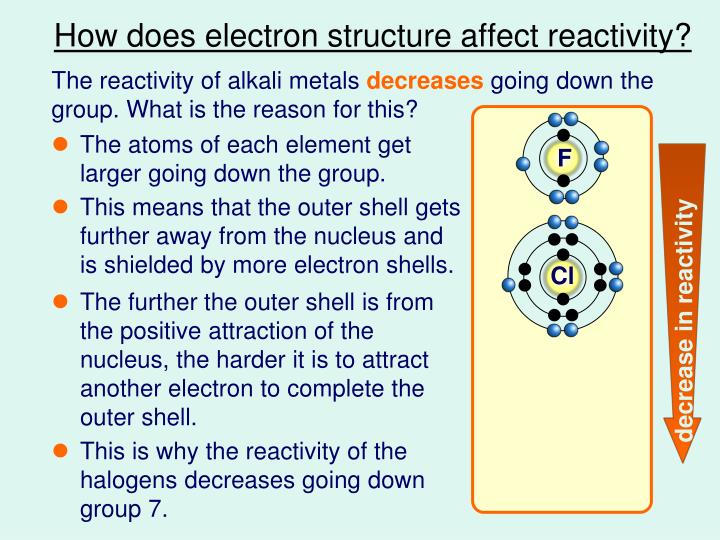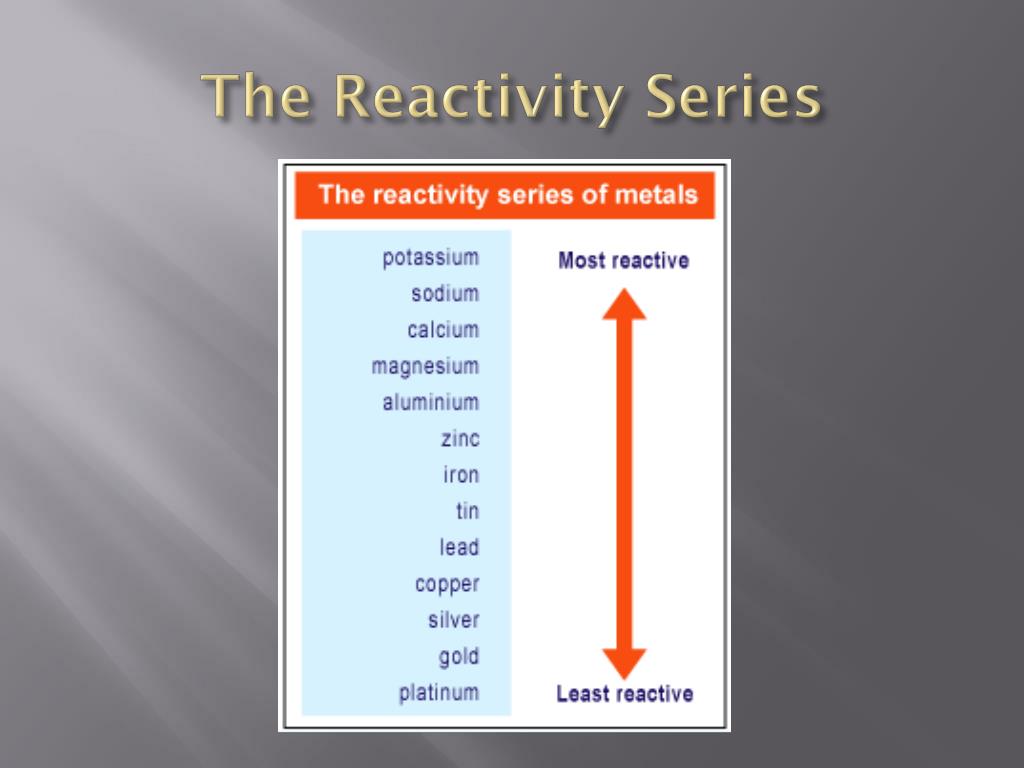

The waste may possibly be used as a carbon food source in biological waste treatment operations at the Y-12 Plant. While this process is safer, it generates more waste than the caustic process. To avoid more » these problems a second process was developed that dissolves NaK in a mixture of propylene glycol and water at room temperature. This process has two safety concerns: Hot corrosive materials used throughout the process present handling difficulties and the process must be carefully controlled (temperature and water content) to avoid explosive NaK reactions. The final waste is a caustic that may be used elsewhere in the plant. One process reacts the NaK with water in a highly concentrated molten caustic solution (sodium and potassium hydroxide). Due to uncertainties with future permits for this process alternative treatment methods were investigated, revealing that two treatment processes are feasible. Sodium-potassium alloy (NaK) is currently treated at the Y-12 Plant by open burning. In June 2017, facility operations personnel successfully completed the inspection and treatment of the NaK drum, eliminating the legacy liability.


Following the training, a procedure was developed to open the container, and inspect and treat the NaK.
#Potassium reactivity how to#
The training course provided participants with classroom and hands-on instruction associated with: - Hazards associated with handling and using sodium and NaK - Proper personal protection equipment, spill control techniques, and first aid - Common design approaches for buildings, systems, and equipment used to contain sodium and NaK - What to expect in the event of a water reaction and how to respond - How to properly prepare for a fire and contain/extinguish small metal fires - A hands-on demonstration of NaK reaction and controls. (BEA) personnel then attended an alkali metals safety training class. An outside company was identified and contracted to provide training and consulting services. The facility came to realize that due to the retirements of key personnel, it needed to provide current employees operational experience with the handling and treatment of NaK. = container was revisited in 2016, when researchers and chemists were consulted regarding the potential for superoxide formation and the best means to safely store and treat the container.


 0 kommentar(er)
0 kommentar(er)
